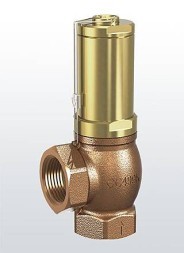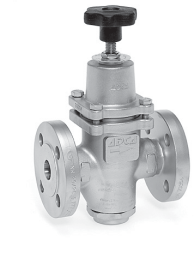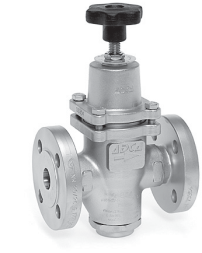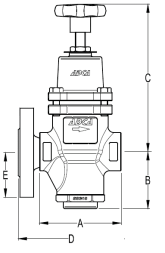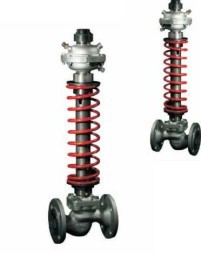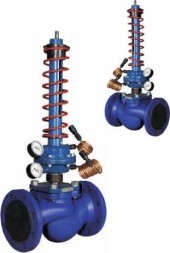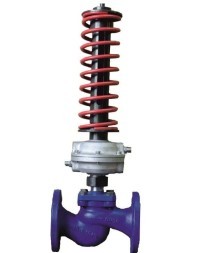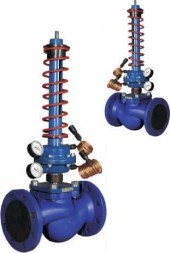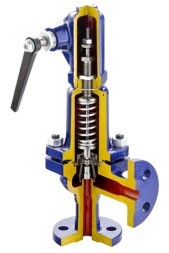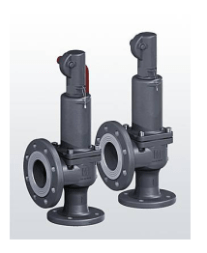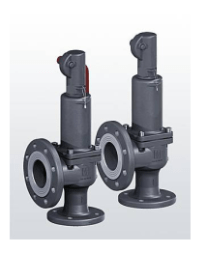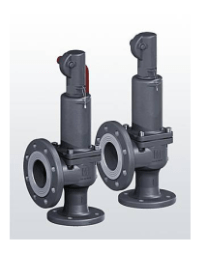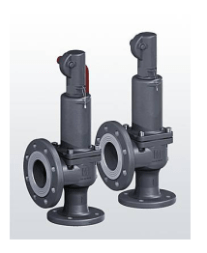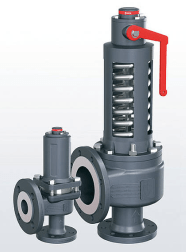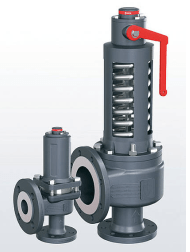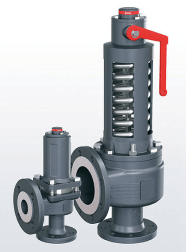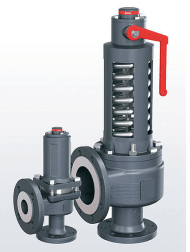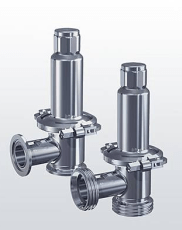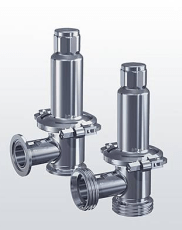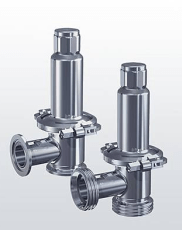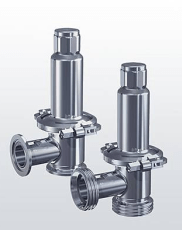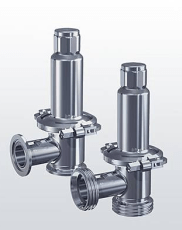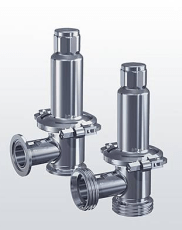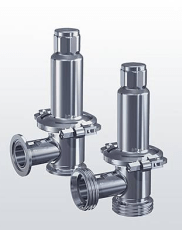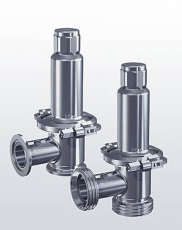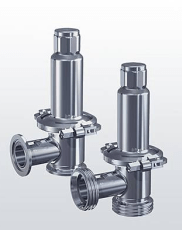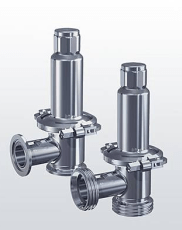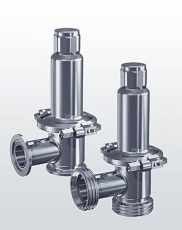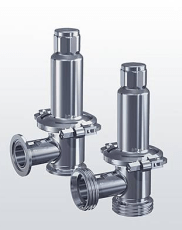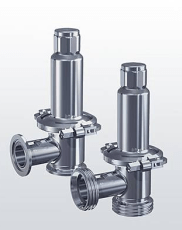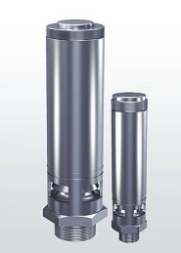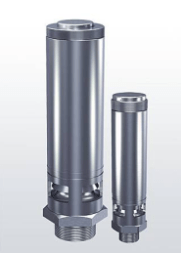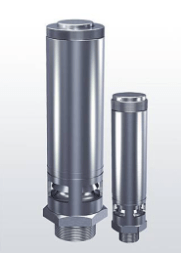Protective fittings
A safety valve is a pipeline valve designed to protect against mechanical destruction of equipment and pipelines by overpressure by automatically releasing excess liquid, vapor and gaseous media from systems and vessels with pressure in excess of the established one.
The valve must also ensure that the discharge of the medium stops when the operating pressure is restored. The safety valve is a direct-acting valve operating directly from the working medium, along with most safety valve designs and direct-acting pressure regulators.
Dangerous overpressure can occur in the system as a result of third-party factors (improper operation of equipment, heat transfer from third-party sources, improperly assembled thermal mechanical circuit, etc.), and as a result of internal physical processes caused by some initial event not provided for by normal operation. PCs are installed wherever this can happen, that is, on almost any equipment, but they are especially important in the field of operation of industrial and household pressure vessels.
Classification of safety valves:
According to the principle of operation
- direct—acting valves - usually these are the devices that are meant when using the phrase safety valve, they open directly under the pressure of the working medium;
- indirect action valves are valves controlled by using an external pressure source or electric power, the common name of such devices is pulse safety devices;
By the nature of the lifting of the closing organ
- proportional action valves (used on incompressible media)
- two-position valves
According to the height of the lifting of the closing organ
- low - lift
- medium-high
- full-lift
- By the type of load on the spool
- cargo or lever-cargo
- spring-loaded
- lever-spring
- magneto-spring
Safety valves usually have an angular body, but they can also have a flow-through, regardless of this, the valves are installed vertically so that when closing, the stem falls down.
Most safety valves are manufactured with a single seat in the housing, but there are also designs with two seats installed in parallel.
The biggest differences in the designs of safety valves are in the types of load on the spool.
Safety valves are valves that are used to automatically release excess liquid, gaseous media and steam from a high-pressure system (when the pressure in it rises above the permissible level) into a low-pressure system or into the atmosphere; they are designed for safe operation of installations and prevention of accidents.
Currently, spring safety valves are the most common, in which the pressure of the working medium is counteracted by the force of a compressed spring.

